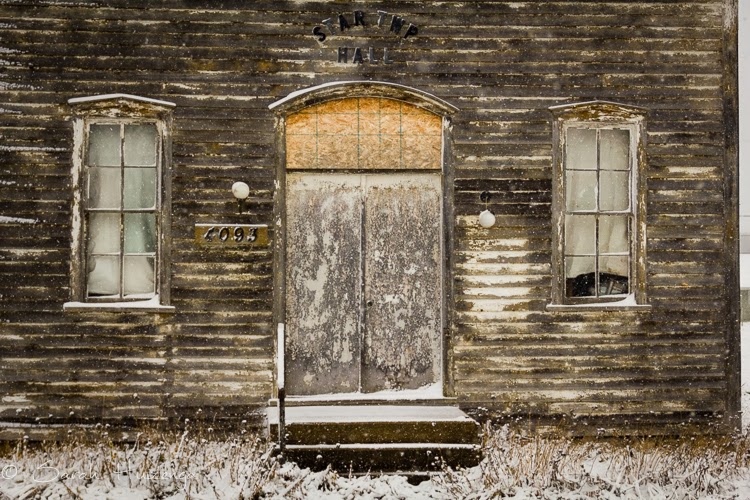We were looking for something to do in the morning before our boat ride to the Islands in the afternoon, we decided to check out Little Sand Bay. In the process, we stumbled across the beautifully restored and maintained Hokenson Brothers Fishery, which is part of the National Parks System.
Leo, Roy and Eskel Hokenson operated a family-owned commercial fishing business at Little Sand Bay for more than 30 years. The three brothers, sons of Swedish immigrants, grew up in Bayfield. As young men they started out as dairy farmers on the family homestead, but found the cold climate and poor soil didn't yield enough to support three families. In 1927, the brothers began their fishery, entering an industry that had thrived in the Apostle Islands area since railroads linked this remote region to the markets in Chicago and New York. They used skill, strength and courage to profitably harvest fish from the largest expanse of freshwater in the world.
Glen and I were fortunate enough to have a personal tour of the fishery buildings, given to us by one of the volunteer Park Rangers. It was so wonderful to step in history and see the various equipment used at a fishery in the 1930's.
The Twine Shed
The Twine Shed was an absolutely lovely place to photograph in, the light coming in through the side windows gave the place such a wonderful feel.
Pound Net Boat
Flat-bottomed so fishermen stand and haul in lines without capsizing, a pound boat would be maneuvered around the pot to raise the net and scoop out the fish.
The Twine Shed was more than just a storehouse for equipment. Machinery, spare parts, and lubricants share the south end of the building.
Rings, anchors and other tools could be made or fixed at the forge, sometimes by using the scrap metal stored under the bench.
A workshop and storehouse, smitty and junkyard, machine and carpenter shop, the Twine Shed embodies the assortment of skills commercial fishermen had to practice to get their catch from the lake to the market.
The dock was the first structure built at the fishery site. It's "L" shape afforded boats some protection from storms.
In the Herring Shed, wives, children, and hired hands awaited their arrival - each with a separate job in the assembly line process.
The fish were untangled from the net, rinsed in the wooden tank, gutted and beheaded, rinsed again in the other tank, drip-dried on the rack, salted, and stacked in a barrel.
As you stand on the dock and look out over the lake, the scene is the same as it was when the fishery was operating, but the story has changed. Commercial fishing was a vibrant industry when the Hokenson brothers began their business in 1927. By the time they retired in the mid-1960's, the Lake Superior fishery had drastically changed. Sea Lamprey, a parasitic fish, invaded Lake Superior in the 1940's. By the 1950's it had nearly decimated the lake trout and reduced the number of whitefish. Another exotic fish, smelt, may have reduced the herring population.
Today's few remaining commercial fishermen have had to realize that the profits of the business are limited not just by skill and stamina, but by the need to conserve and share the resource.
**information source The National Park Service
I hope you have enjoyed tagging along on our tour of a historic fishery.
Joining Helen at a Flash of Inspiration for her tribute to Vintage Week with a Vintage Photo Walk.

































































